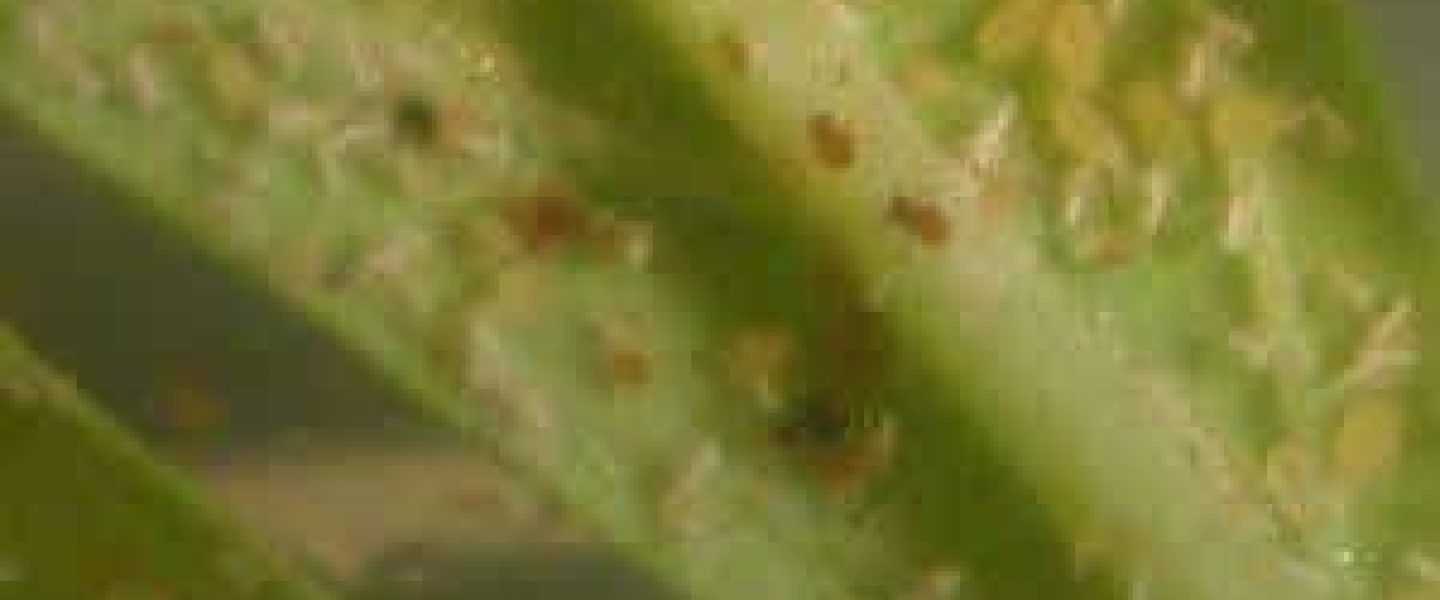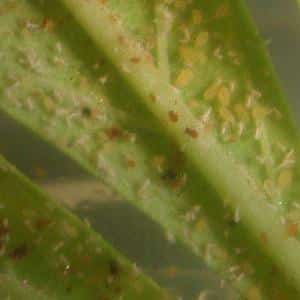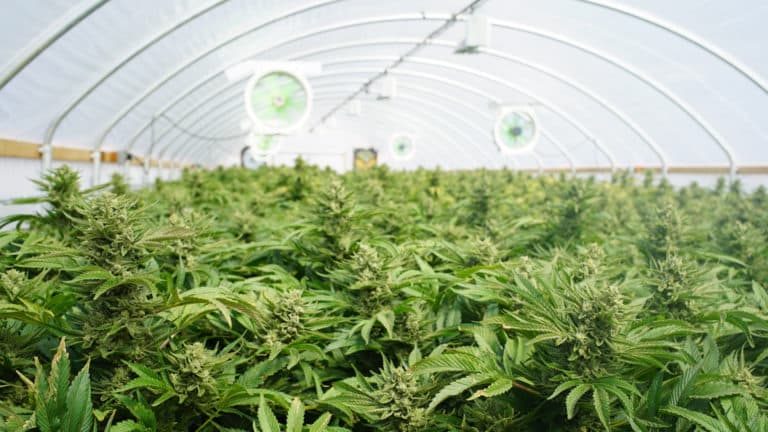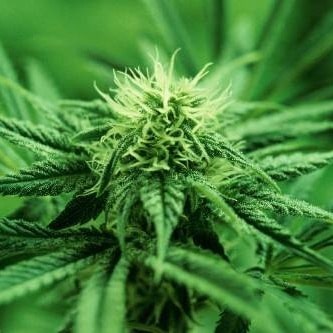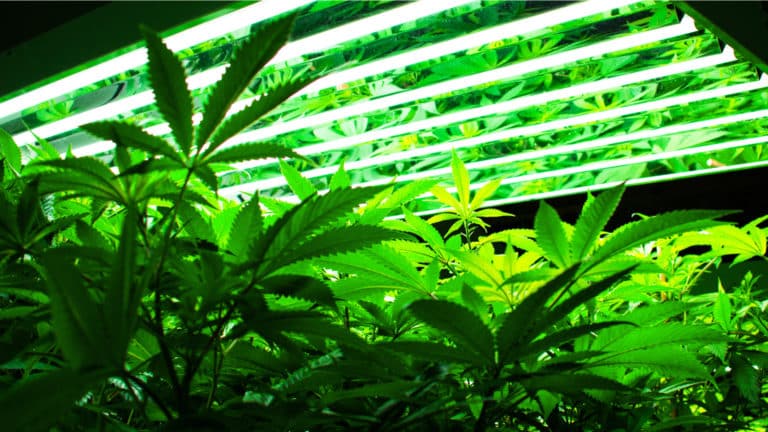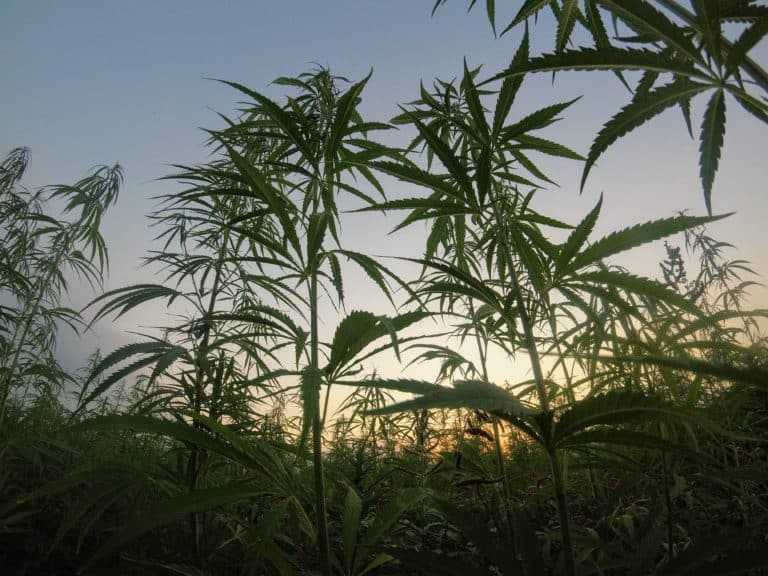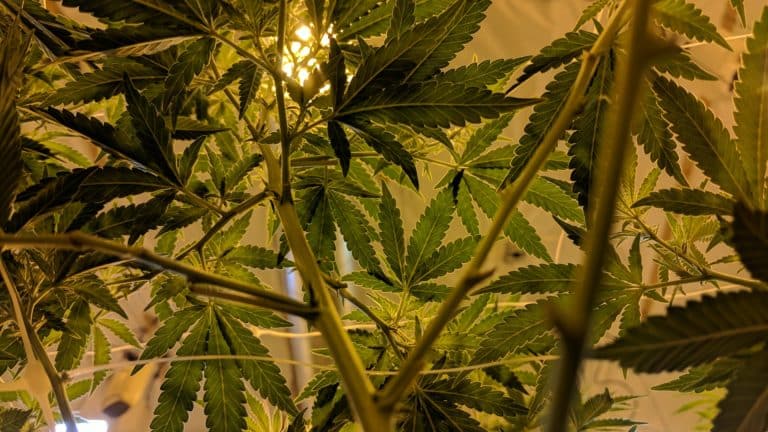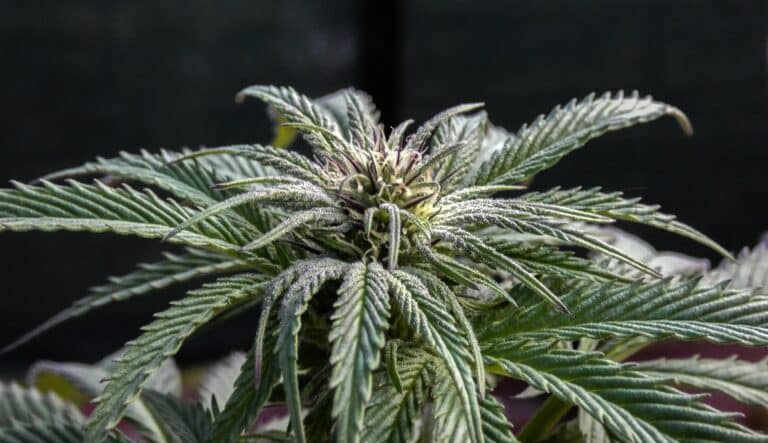These winged pests hide on the bottom side of the leaves. Aphids give live birth at the rate of up to twelve offspring per day. Aphids suck the leaves dry of nutrients causing them to turn yellow and wilt. They can transmit viruses from plant to plant resulting in stunted growth and the delay of flower production. Some species are capable of injecting toxins into plants, resulting in crop reduction. Aphids are most active when temperatures drop to 60 – 80 degrees. In this respect, they seem to take the place of spider mites, weather permitting!
As aphids feed on the cannabis plant, they excrete a sweet substance referred to as ‘honeydew’. The honeydew may first appear as sooty mold. Ants are attracted to the poop of an aphid, thereby creating an additional pest problem. ‘
Mother Nature seems to come to the rescue when the aphid population gets out of control. When aphids are present in abundance, parasitic wasps come to the rescue. They lay their eggs inside aphids, rendering them ‘parasitized’. Once they have been altered by becoming an incubator for wasp eggs, they begin to form a thin, crusty ‘mummy’ shell. Once this metamorphosis begins the aphid declines and is no longer a threat. Lady bugs are also a natural predator of aphids. If you see ladybugs in your garden, you know aphids are present. The sudden appearance of ladybugs is assurance the situation is coming under control.
There are organic remedies you can implement to help Mother Nature control the infestation of aphids attacking your cannabis crop. We will offer two recipes for organic sprays that will rid your crop of any aphids existing despite nature’s efforts.
The first is tomato leaf spray. If you have tomato plants this will help control the aphid population on them as well. Soak one to two cups of chopped tomato leaves in two cups of water and allow it to steep overnight. Strain the leaves through a sieve or cheesecloth into a spray bottle. Top off with one to two more cups of water. Spray the leaves and stems of your marijuana plants, paying attention to the underside of the leaves.
The next option is garlic oil spray. This not only kills many pests, including aphids, but acts as an antibacterial and anti-fungal agent, which helps to deter plant destroying diseases. Here’s the recipe: add three to four cloves of finely chopped garlic to two teaspoons mineral oil and let it marinate for 24 hours. Strain into a one gallon jug of water and add one teaspoon liquid dish detergent. This can and should be stored, as it is too strong to be applied as is.
When ready to spray, add two tablespoons of the garlic oil mixture to a spray bottle and fill with water. Test the strength of the mixture on an inconspicuous area of your cannabis plant. Wait a day or two to ensure no leaf damage. If you see yellowing after the waiting period, further dilute the mixture and continue performing tests until you arrive to the proper concentration of garlic versus water. Once you know the proper ratio, spray the entire plant, paying special attention to the undersides of the leaves. If you don’t want to go through the hassle of creating something, there’s a great bug repellent at this link here.
Want to know more about growing marijuana? Get a free guide about growing marijuana at this link here. Order some high quality marijuana seeds at this link here.


